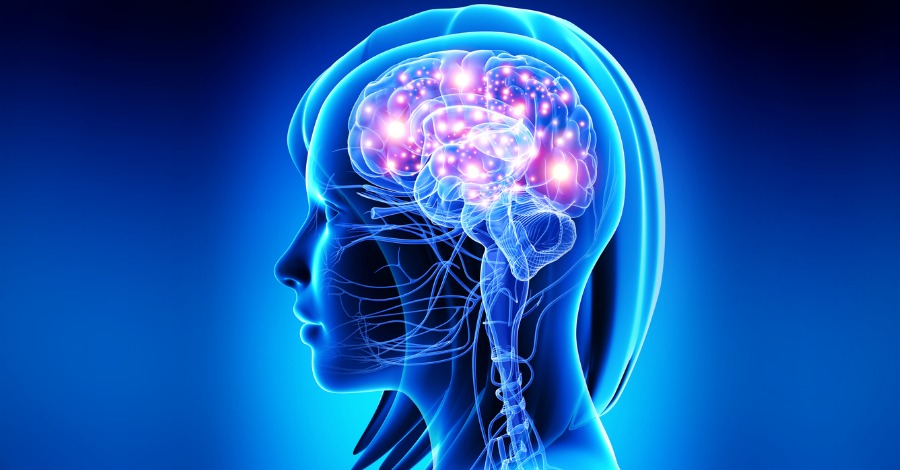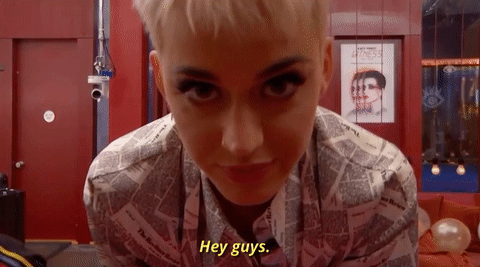
Hi guys, coming to you live from my bedroom. I know it has been a while since I’ve posted to my blog, and usually its about health or technology, but today we’re switching things up! Recently, I graduated from University of Detroit Mercy, receiving my BA in Digital Media Studies. Woot woot!

I know I knowwww… Thank you. You’re all too kind, lol. I have had the great fortune of working on a film set fresh out of college, a true blessing for me and I really enjoyed it. I truly learned a lot and can’t wait to work on more productions and sets. But now that the film has ended its shooting, it’s time to get back to other work. 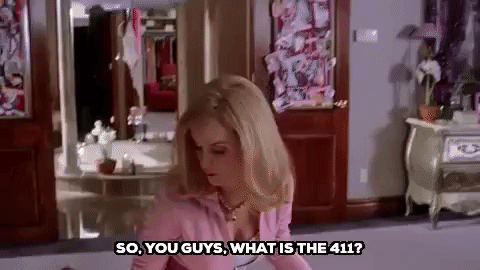
As a graphic designer, I am always looking for new ways to expand my capabilities, stay on top of trends and produce satisfying and groundbreaking art. But, recently I’ve found myself in a bit of a creative rut. All these questions of, What to produce next? What to design next? Where to START?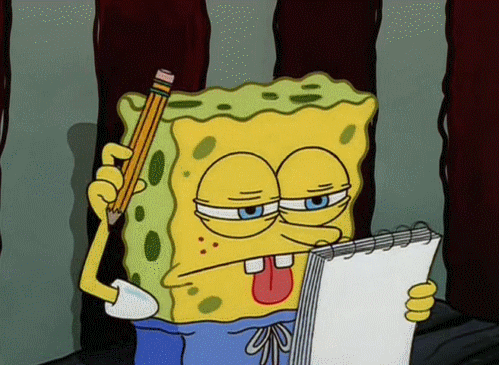
So I got online and started to research. Projects, challenges, trends, baubauhaus… and I got inspired! Guys, when I tell you, there’s so much out there to learn and grow from. After reading countless posts, articles and researching brands and inspirational quotes, I’ve decided to do a 30 day Graphic Design challenge. I challenge myself to create a new graphic piece everyday for 30 days. Whether it is a poster, retouched image, gif, or logo design, I must embrace my inner creativity and let my mind go to work.
I’m hoping that by the end of this journey, I can really see my growth from day 1 to day 30. I really want to push myself to create something interesting and worthwhile. Not only will it help build my portfolio but also my confidence and skill set as a designer. I will begin to see the “graphic stamp” that comes with my work. What makes a piece by Autumn Russell, “Autumn Russell’s”. Learning doesn’t end at graduation, it just branches off into something greater, more inventive.
I recently invested in a new laptop, (THANK HEAVENS) and a wacom intuos tablet (YAY!). So, I am overly excited to use this to my advantage and create endlessly! Now I have greater tools at my disposal to help me achieve the looks that I need in a faster and more efficient manner. Shoot, part of writing this blog post is part of that very inspiration!
I’m excited to bring you all on this journey with me. I will post my entire collection of designs in a spontaneous blog post at the end of the 30 days, as well as upload them day by day, to keep me disciplined into doing them all, lol. I know at some point, maybe by day 15, I’ll get lazy and not want to do it, but I will DO IT. I believe in the power of me!
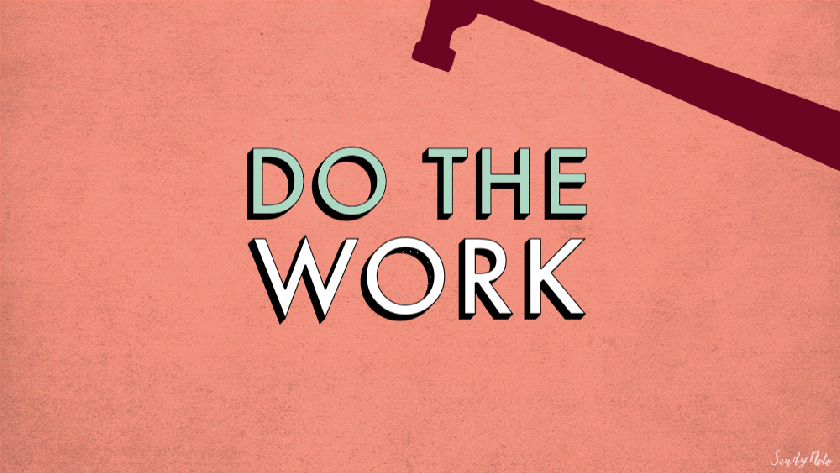
A little inspiration ahead and happy creating to me! And ALSO, all of you that want to join me in my challenge! Just comment below if this inspired you to do the same, I want to be updated with your progress as well! This should be fun! Happy designing, and I hope that wherever you are reading this, you are having a fantastic day! Stay beautiful!

Beginning design challenge: 7/11/2018- 8/09/18







